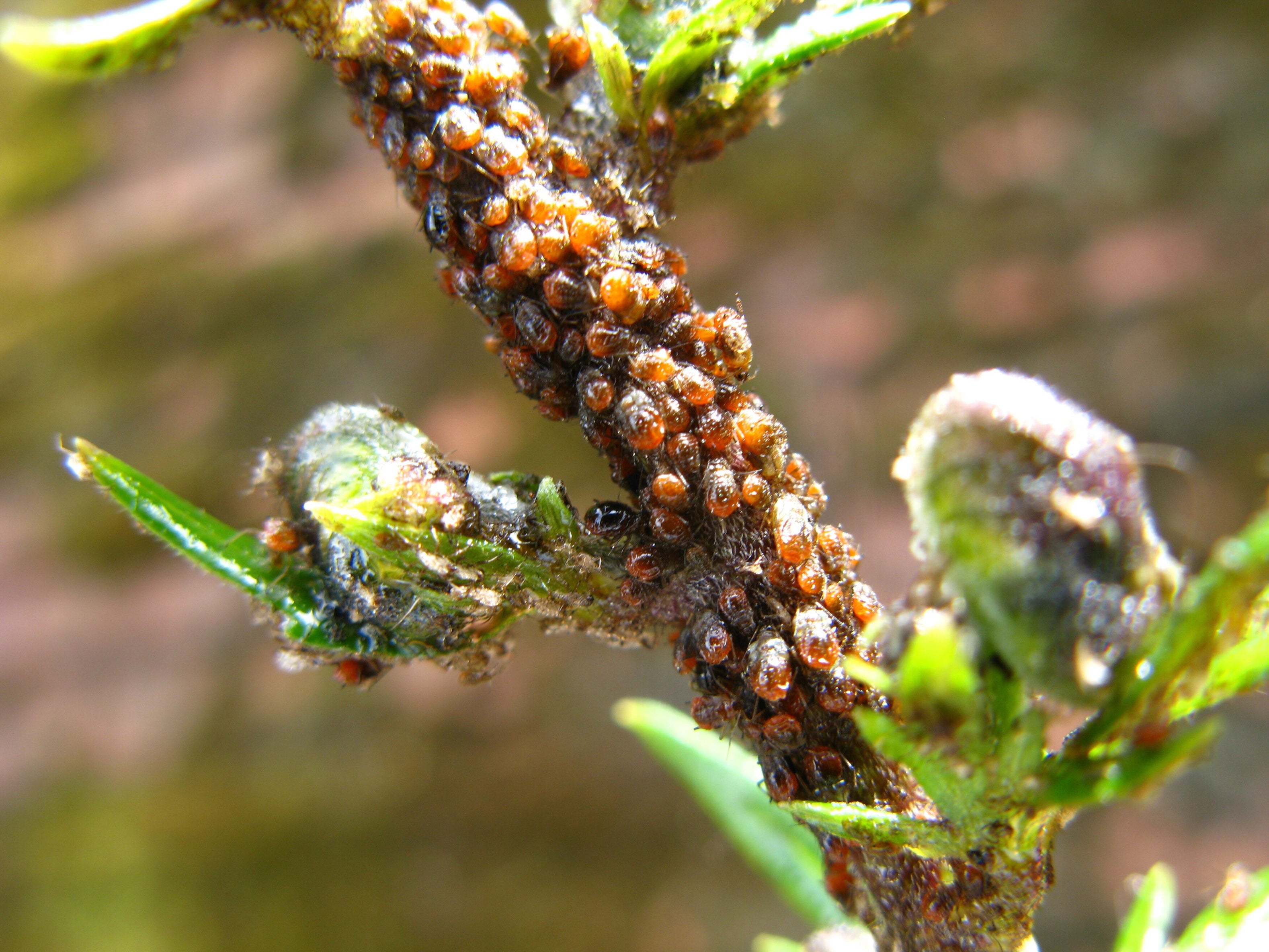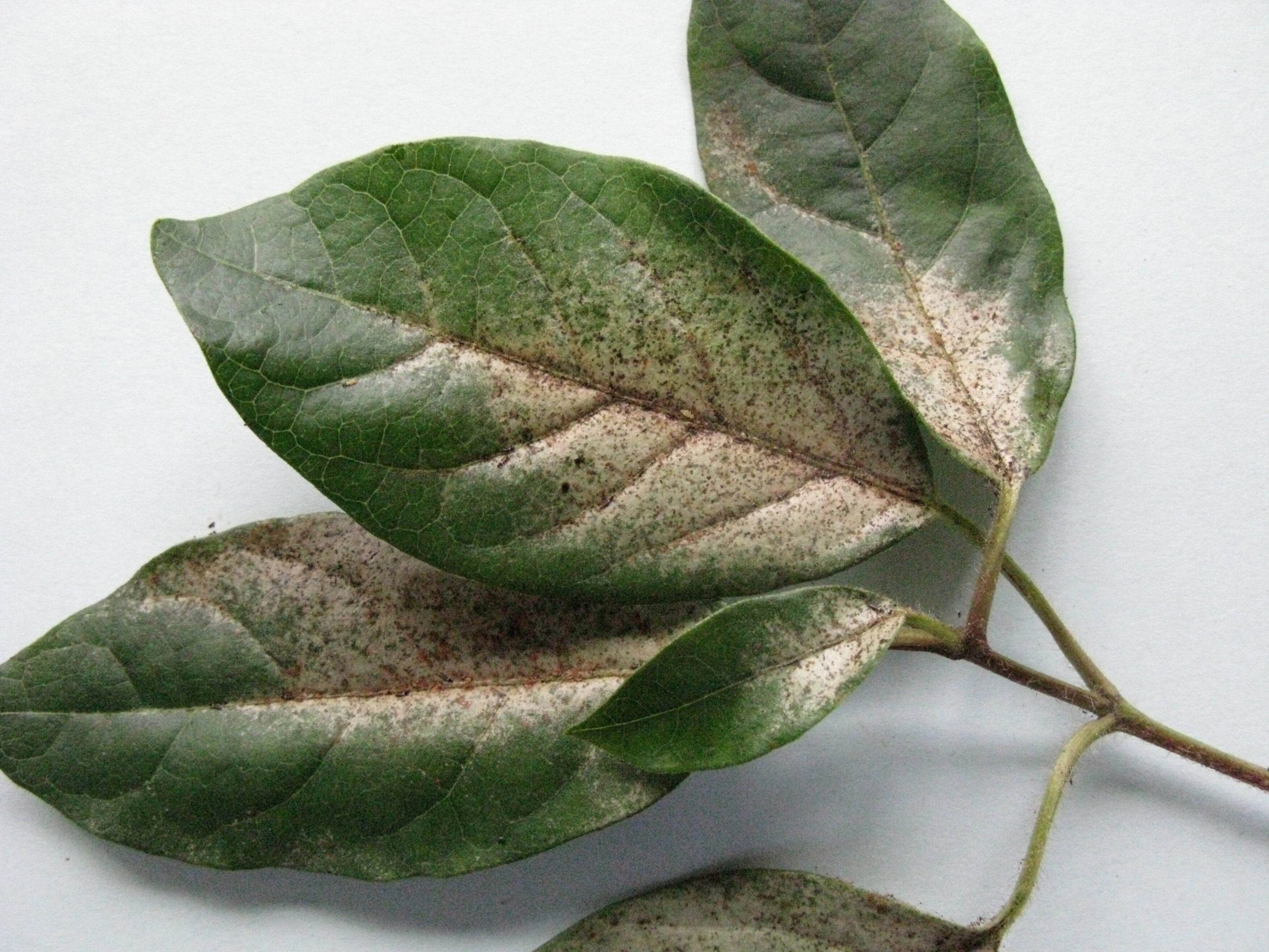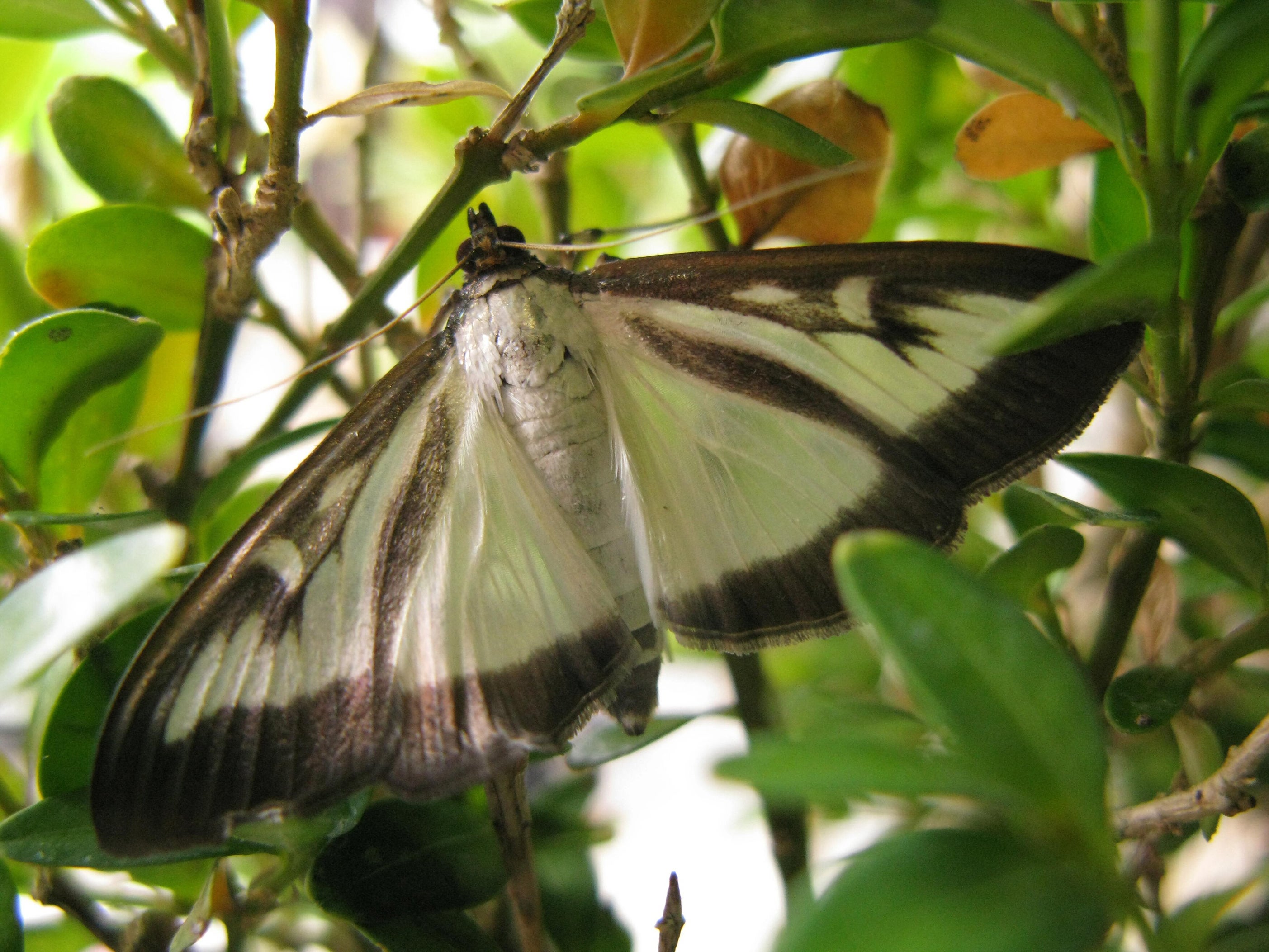
As summer draws to a close, I’ve found some of my annuals covered in aphids, a box in my front garden looking decidedly hay-coloured, and a lack of bees and wasps on the move.
Could that be down to our extremely dry summer? Have garden insects and invertebrates (the RHS is moving away from the term ‘pest’, arguing that few of the insects in our gardens cause serious problems) started to take hold as we edge towards autumn?
Andy Salisbury, RHS principal entomologist, says this isn’t the case. “When you have a very dry, hot summer, it’s not very good for the plants we grow because they are put under a great deal of stress, but also the invertebrates and wildlife don’t deal with it very well either,” he explains.
“They go into a summer torpor state. During summer, many invertebrates have become less active. It’s too hot for bumblebees, while the rosemary beetle, a Mediterranean insect many people might see on their rosemary and lavender, naturally goes into a more rested state during the summer.
“It’s a concern on two levels: the warm weather will affect the entire balance. Less aphids means less ladybirds, which means potentially more aphids next year. There’s a lot of unknown,” Salisbury adds.
So, how have our garden visitors fared this summer?
Bees
“As we go into autumn, the number of pollinators naturally declines, with the exception of the ivy bee, which feeds largely on ivy and is the last active bee which can go on into November,” says Salisbury. “Bumblebees are less active in the very hot weather. From a nest of bumblebees on hot days, it’s only the smaller ones which go out foraging because they are more able to deal with the heat.”
The Bumblebee Conservation Trust (bumblebee.org) reported that a recent climate risk atlas for European bumblebee species found most species are likely to decline significantly under current warming scenarios.
Butterflies
“Peacock butterflies are already going into their overwintering sites, because they’ve got through their generations so quickly, and because it is so hot and so dry and there’s not enough food source for them to go through another generation,” says Salisbury.
“It means they are facing that risk of not eating for months on end, so there might be fewer at the start next season, but it’s difficult to assess the long-term effects from one season. But there may be fewer surviving the winter, so it makes it longer for the populations to pick up next year.”
Migratory insects
“The weather pattern we’ve had has seen a lot of migratory insects coming in, such as the marmalade hoverfly and hummingbird hawkmoths. It’s been a really good year for them. But the migratory silver Y moth, brought in by the warmer weather, has caterpillars which feed on a wide range of garden plants.”
Slugs and snails
“These do have coping mechanisms so they would have been less active during summer, or snails can produce a seal to their shell to survive these periods of hot weather, but when it gets damp they can be active again and back to normal before you know it.”
Aphids

“If there is any population effect from the hot, dry summer, it will be lower numbers. What generally happens with aphids is you get the strong spring and early summer populations, and then the natural enemies such as lacewing larvae and ladybird larvae come in and take over,” says Salisbury.
“The marmalade hoverfly’s larvae feed on aphids, so they are one of the major predators. Aphids will probably have remained in low numbers and they never really build up again in the autumn.”
Glasshouse red spider mite
“The big change with hot weather has been an increase in glasshouse red spider mite. They are sap suckers which feed on a wide range of plants. As their name suggests, they are normally a glasshouse problem, but in the summer months they can be out of doors as well. They love hot, dry weather and stressed plants and we have had lots of reports of them,” Salisbury explains.
“They cause leaves to go yellow and mottled, and you’ll find fine webbing on the underside of the leaves and grainy detritus. When there are large numbers, they can cause plants to collapse and the webbing gets quite dense. They are about half a millimetre in length, pale green with a couple of black markings. They overwinter in the glasshouse and pick up in April and May, but this year we are seeing more reports of them being outside, affecting dahlias, honeysuckles and herbaceous plants out of doors.”
Glasshouse thrips

“These are also increasing with climate change, causing a silvery mottling of the leaves of plants. Just over a decade ago, we started receiving a lot of reports of viburnums going silvery in gardens, with black insect excrement on the leaves, typically being seen in late summer and autumn. That does seem to be an insect doing well due to warmer winters and climate change – and we can expect to see more of that this autumn and winter. We are seeing it on other evergreen garden shrubs, including bay.”
Box tree moth

“It’s the caterpillar that eats the leaves, which then go brown. The greenish caterpillars completely strip box plants and has two generations a year. We’re coming into the second generation of caterpillars now, but the warm summer and a warm autumn may mean we even get three generations of it.”







